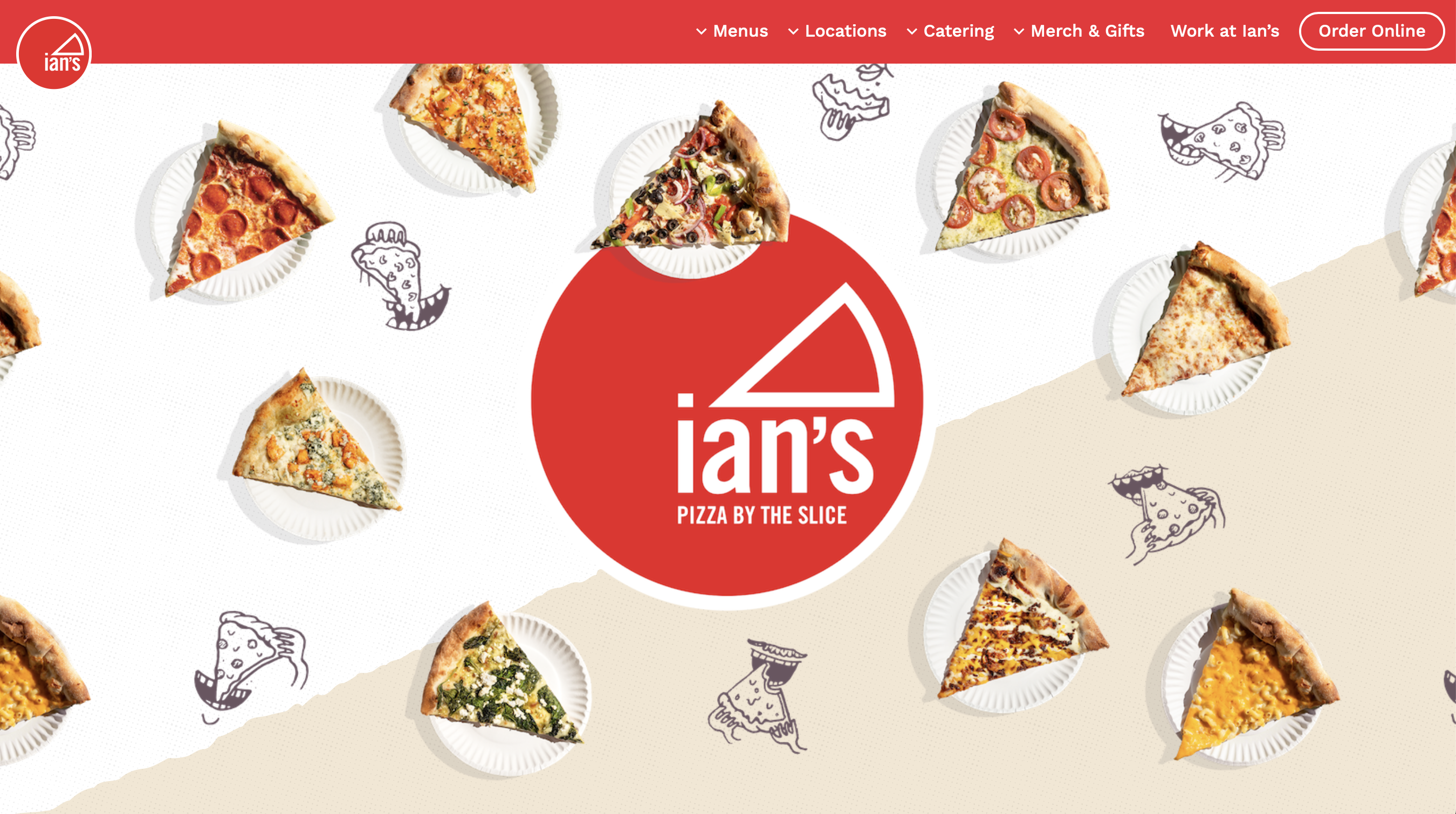Author: Mikeee
-
Case Study: Strategic Menu Design for Enhanced Customer Experience and Operational Efficiency
Background A prominent bar/restaurant approached Knock Knock Bang with a request to design two new print menus. Their initial directive was clear: the menus should be visually appealing and exclude…
-

Ian’s Pizza Website Redesign: A Strategic Investment for Long-Term Growth
The Challenge In 2019, Ian’s Pizza, a national business with nine locations across multiple states launched a temporary website to serve basic needs but fell short in reflecting the brand’s…
-
Case Study: Transforming Graphic Design Request to Enhanced Customer Engagement and Legal Compliance
Original Client Request The client, a restaurant with an outdoor patio, approached us for a straightforward graphic design service. Their existing patio rules sign, designed by an employee with limited…
-
Case Study: Elevating Client Experience with Effective Voicemail Greetings
Transforming Client Interactions at Every Touchpoint In the cluttered world of customer interactions, even the smallest touchpoint can make a world of difference. Imagine a simple voicemail greeting becoming a…
-
Introducing the Notification Hub: Real-time Updates for Seamless Project Management.
Nam nibh dui, pulvinar eget massa quis, hendrerit sodales dolor. Fusce ut dui rhoncus, rhoncus ligula et, porttitor eros. Etiam ornare malesuada tortor, rhoncus interdum ipsum pharetra id. Mauris egestas…
-
ProjectSimple Mobile: Manage Your Tasks on the Go with Our New App!
Nam nibh dui, pulvinar eget massa quis, hendrerit sodales dolor. Fusce ut dui rhoncus, rhoncus ligula et, porttitor eros. Etiam ornare malesuada tortor, rhoncus interdum ipsum pharetra id. Mauris egestas…
-
Feature Spotlight: Advanced Reporting for In-depth Project Insights.
Nam nibh dui, pulvinar eget massa quis, hendrerit sodales dolor. Fusce ut dui rhoncus, rhoncus ligula et, porttitor eros. Etiam ornare malesuada tortor, rhoncus interdum ipsum pharetra id. Mauris egestas…
-
Celebrating 50,000 Users: A Big Thank You to Our Growing Community!
Nam nibh dui, pulvinar eget massa quis, hendrerit sodales dolor. Fusce ut dui rhoncus, rhoncus ligula et, porttitor eros. Etiam ornare malesuada tortor, rhoncus interdum ipsum pharetra id. Mauris egestas…
-
Upcoming Webinar: Mastering Collaboration in ProjectSimple – Reserve Your Spot Now!
Nam nibh dui, pulvinar eget massa quis, hendrerit sodales dolor. Fusce ut dui rhoncus, rhoncus ligula et, porttitor eros. Etiam ornare malesuada tortor, rhoncus interdum ipsum pharetra id. Mauris egestas…
-
Introducing the Notification Hub: Real-time Updates for Seamless Project Management.
Nam nibh dui, pulvinar eget massa quis, hendrerit sodales dolor. Fusce ut dui rhoncus, rhoncus ligula et, porttitor eros. Etiam ornare malesuada tortor, rhoncus interdum ipsum pharetra id. Mauris egestas…

